By the JFK Library Archives Staff
It’s time for the third installment of our Archives Staff Picks! You will recall that our first display of staff picks highlighted staff favorites and the second centered around a holiday theme. Next up: Notable People. We love being able to share some of the documents and images that catch our attention as we do our archival work. Until we are able to return to the Library and put them on display, we hope you will enjoy viewing them here!
Staff Picks
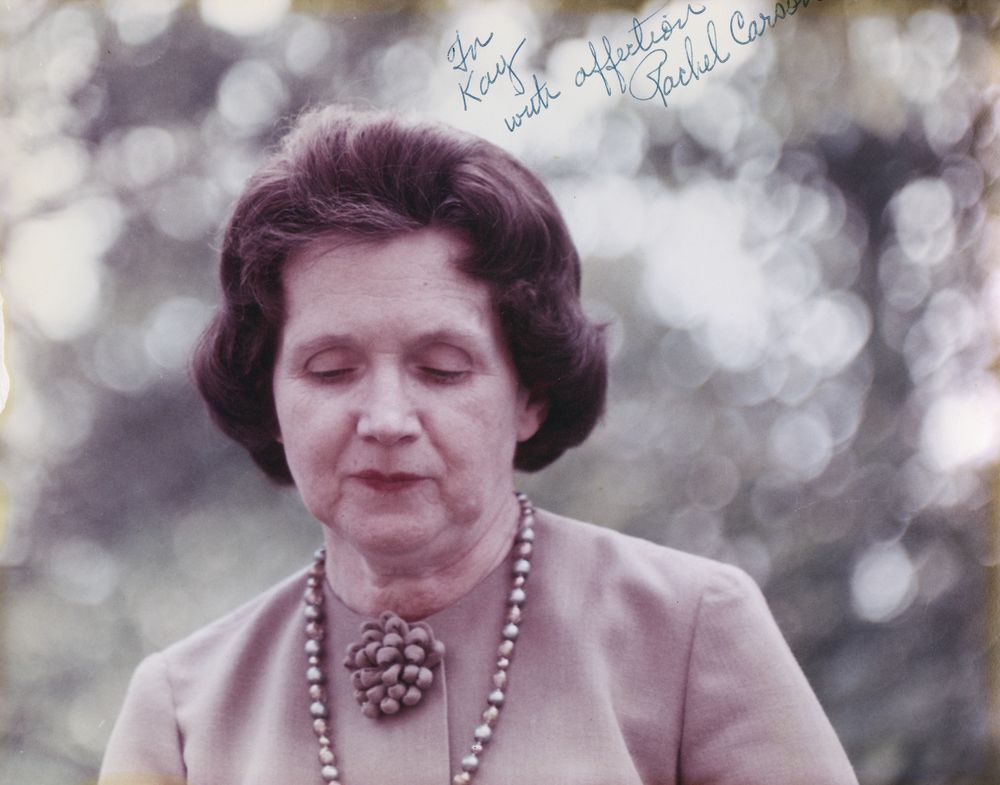
Rachel Carson (1907-1964) was a biologist, ecologist, and writer whose groundbreaking research on the environmental impact of pesticides was the foundation of her bestselling 1962 book, Silent Spring. This photograph of Carson, dated 1963, is held in the personal papers collection of journalist, socialite, and Kennedy family associate, Kay Halle, whose network of friends and acquaintances was extensive.
Although it is unclear whether they ever actually met, Carson and her work were also familiar to President Kennedy. At a 1962 press conference, he credited her book with bringing awareness to the potential long-term effects of pesticide use. The President’s Science Advisory Committee made the same acknowledgement in their 1963 report on the use of pesticides. Rachel Carson is considered by many to be one of the founders of the modern environmental movement.
-Laura, Archivist for Photographic and Textual Digitization
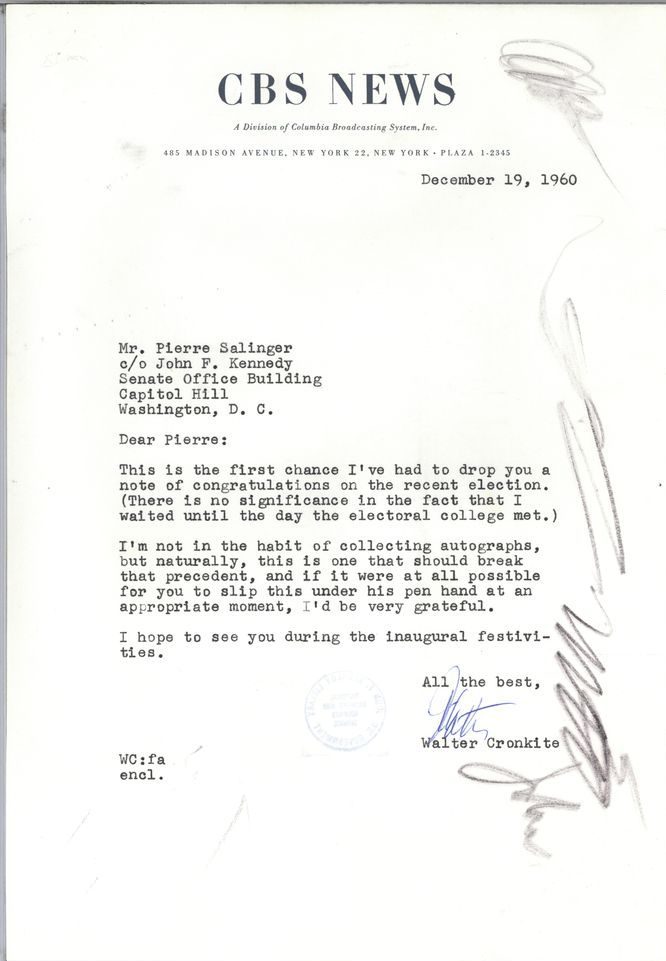
Walter Cronkite had an extensive career in broadcast journalism and anchored the CBS Evening News for nearly two decades (1962–1981), earning the nickname “the most trusted man in America.” He is remembered for breaking the news of President Kennedy’s assassination; you can view his coverage of that afternoon downstairs at the end of our Museum. However, back in the exciting and hopeful days following the 1960 election, Cronkite wrote this letter of congratulations that I think nicely alludes to both the historic nature of JFK’s victory and his growing celebrity status.
-Christina, Processing Archivist
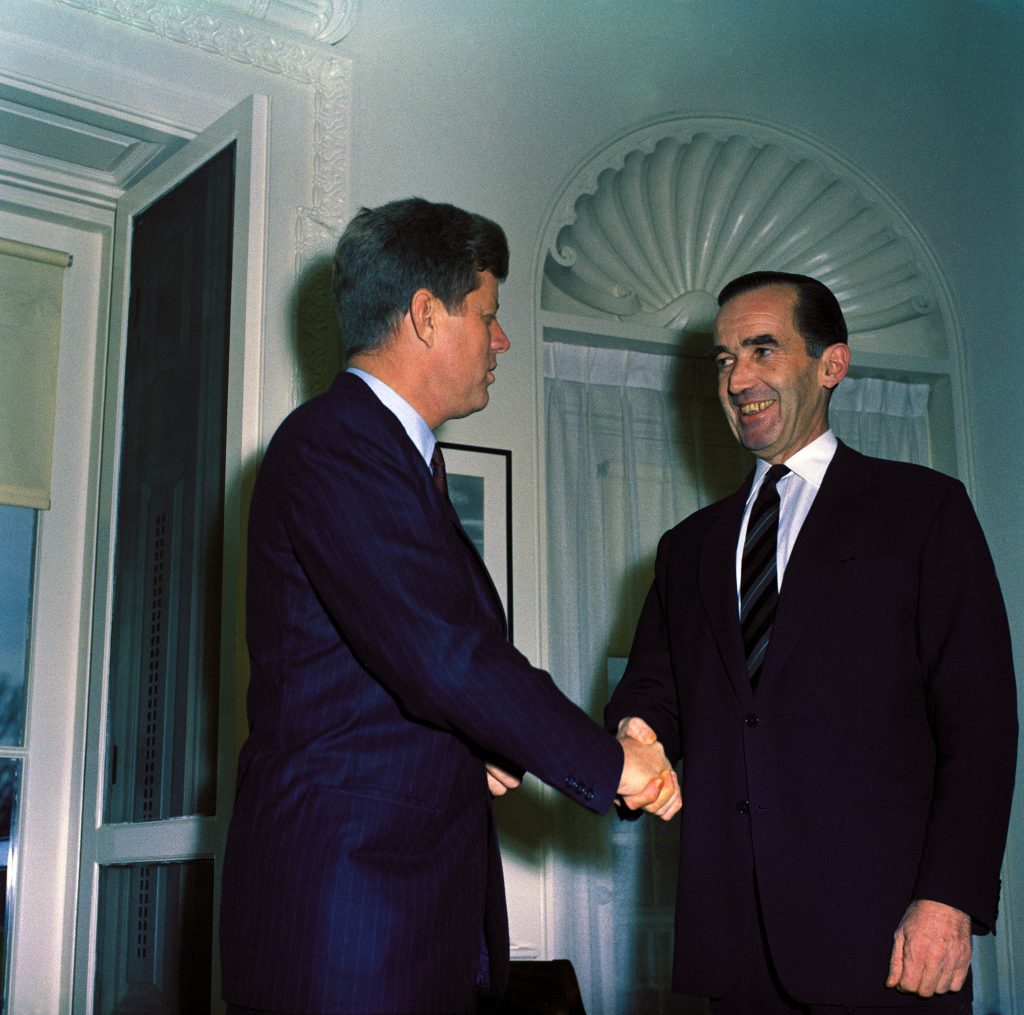
Before leading the United States Information Agency (USIA) from 1961 to 1964, Edward R. Murrow was a longtime broadcast journalist for the Columbia Broadcasting System. He gained renown for his radio reports during World War II, including his coverage of the bombing of London, and later for his television series, “See It Now.”
–Bill, Archivist for Audiovisual Digitization
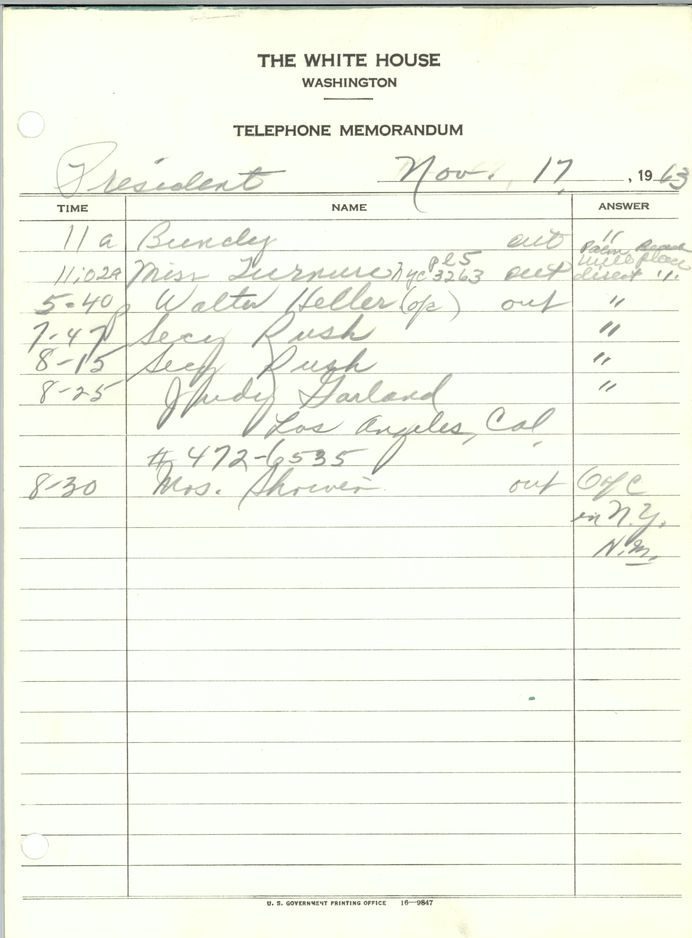
This memorandum sheet documents the phone calls coming into and going out of the White House for President Kennedy on November 17, 1963. The phone lines weren’t exceptionally busy on this autumn Sunday, although the pace picked up a bit in the evening. While it was not unusual for a day’s memo sheet to include a mixture of calls from members of the public, members of the administration, family and friends, it must have taken considerable energy and focus to switch gears between talking to Secretary of State Dean Rusk one moment and Judy Garland the next!
-Ashley, Textual Reference Intern
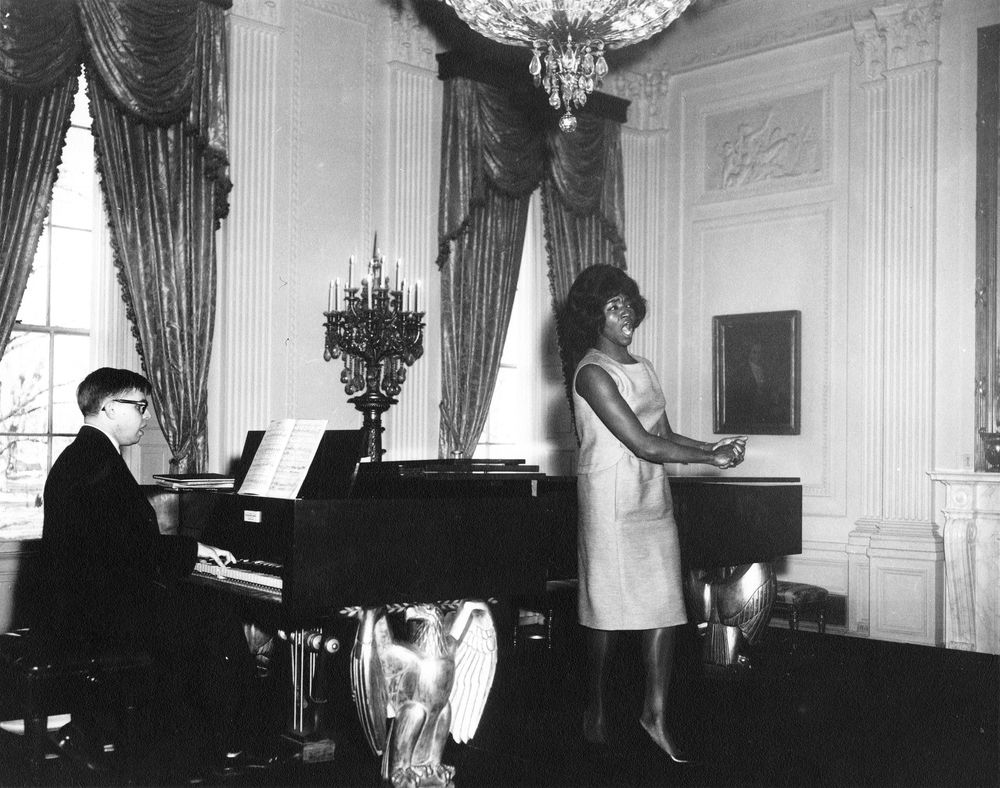
Mezzo-soprano opera singer Grace Bumbry rehearses in the East Room of the White House with accompanist Charles Wadsworth (seated at the piano) before performing for guests at a dinner in honor of Vice President Lyndon B. Johnson, Speaker of the House of Representatives John W. McCormack, and Supreme Court Chief Justice Earl Warren.
I am drawn to the performative force of Bumbry in this photograph — both figurative and literal — as the photo not only captures a leading voice of her generation but also documents the first time an African American opera singer performed at the White House.
–Nicola, Archivist for Photographic and Textual Digitization
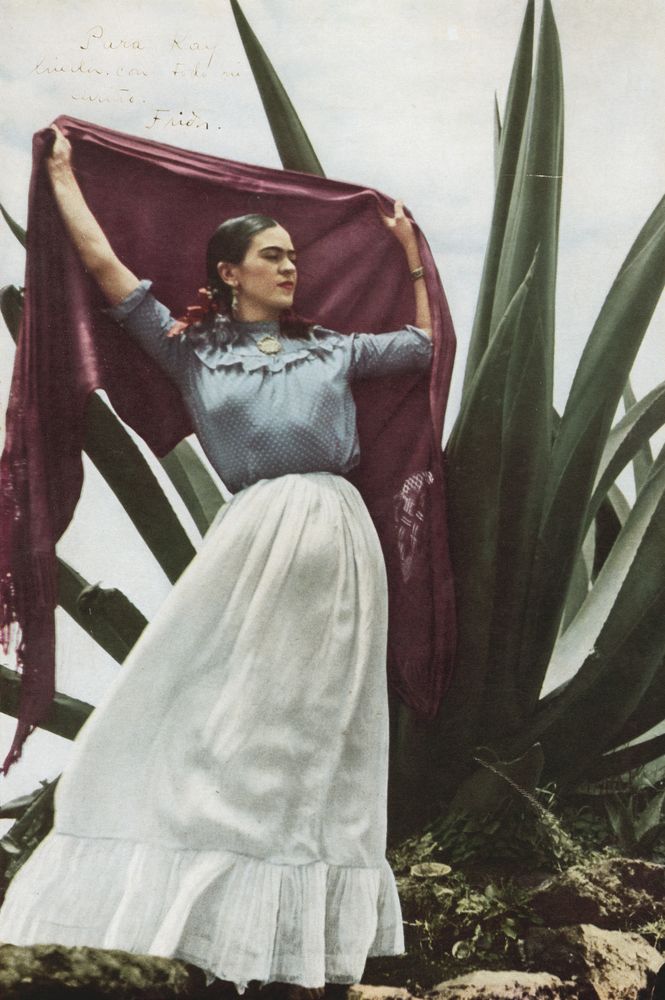
This photograph of Mexican artist Frida Kahlo (shot by Toni Frissell for Vogue) was inscribed by Kahlo and sent to American journalist Kay Halle, who helped plan John F. Kennedy’s inauguration two decades later. I was surprised to find Kahlo in our collections, and her presence here is a great reminder of the way archives can capture unexpected connections across time and space.
Kahlo’s inscription [upper left] reads: “Para Kay linda, con todo mi cariño. Frida.”
–Stacey, Textual Reference Archivist
It is no surprise that archivists come across foreign dignitaries throughout the collections here at the Library. Due to the popularity of the current television show “The Crown,” there has been renewed interest in Queen Elizabeth and her relationship with the Kennedys during the 1960s. We have numerous instances of her correspondence in our holdings, including holiday cards and letters to the President. This letter from the Queen, written on Buckingham Palace stationery, is one such example.
–Jenny, Processing/Oral History Archivist
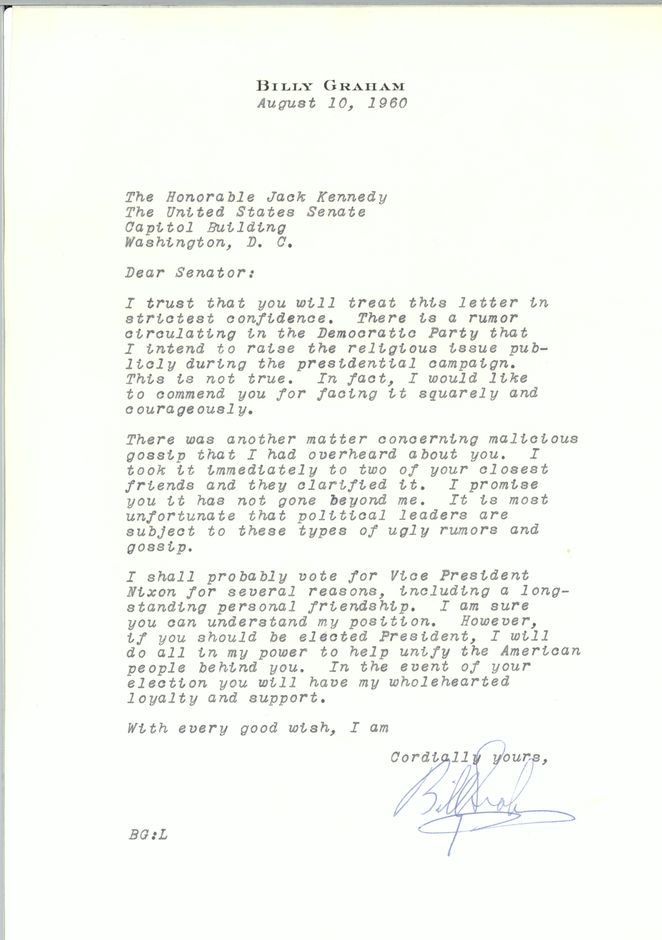
Evangelist Billy Graham sent this letter to then Senator John F. Kennedy during the 1960 presidential campaign. Following JFK’s election, Graham kept his promise to support the President, and worked with the administration on a number of issues.
-Aimee, Textual Reference Intern
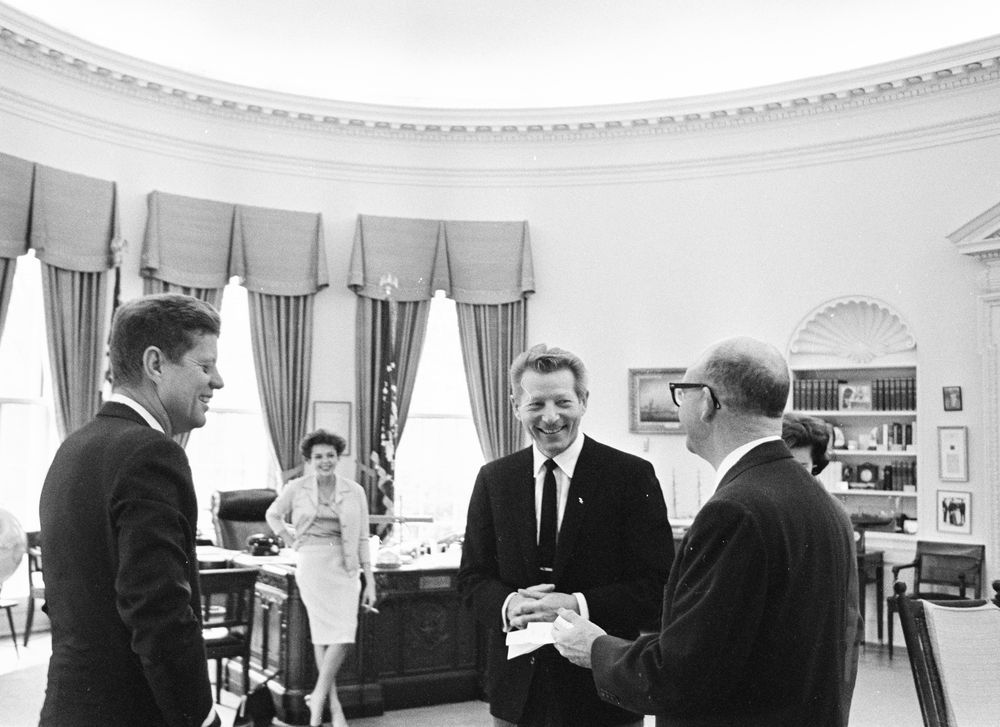
Oh to have been a fly on the Oval Office wall when Danny Kaye and Judy Garland came to visit! In this particular photograph, we have Danny Kaye in the foreground being all charming (I’m assuming) and a slightly out of focus Judy Garland in the background just nonchalantly leaning against the Resolute desk and smoking a cigarette — what’s not to love? It looks like they were having a nice time!
-Abbey, Processing/Textual Reference Archivist
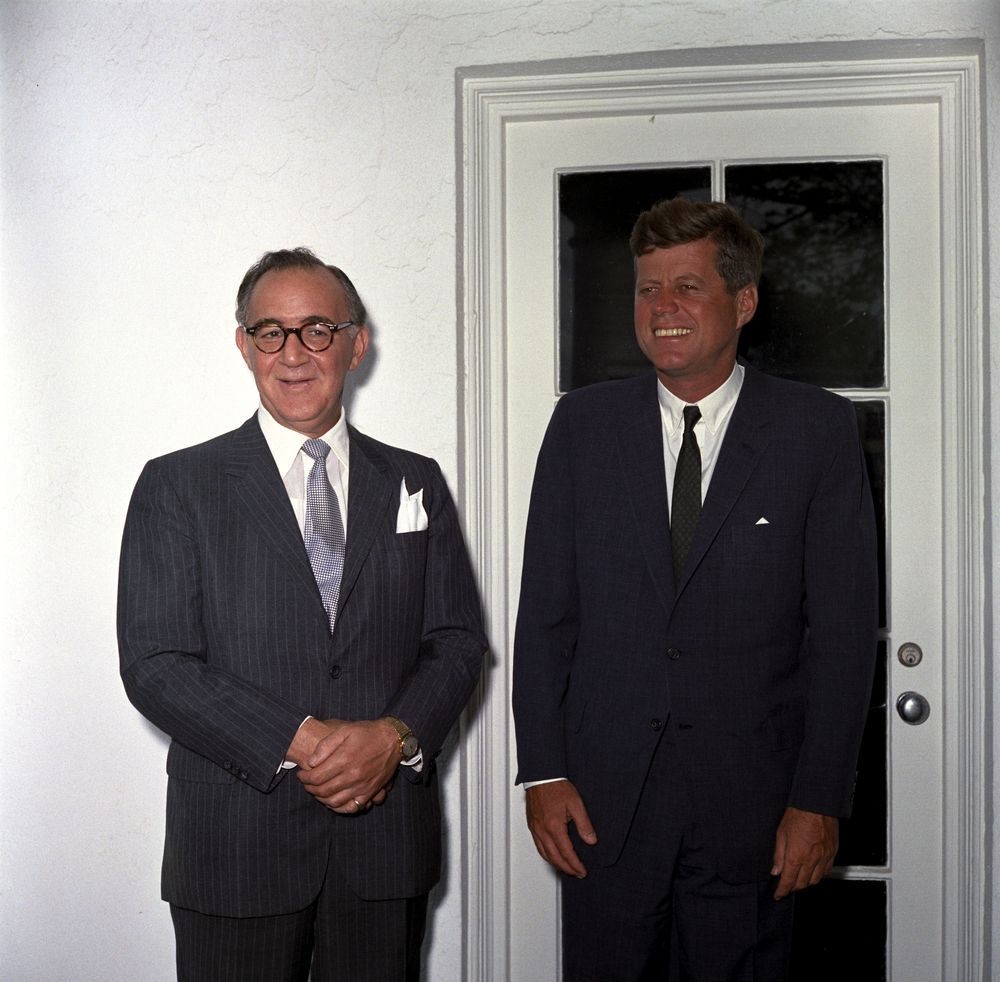
My dad grew up in the 1940s surrounded by Swing/Big Band jazz and has always loved the music of Benny Goodman. Goodman inspired my dad to take clarinet lessons. He played in high school and college bands, and later around the house when I was a kid. I grew up very conscious of Benny Goodman’s influence on my family.
My dad saw Benny Goodman live only once in 1982 at the John F. Kennedy Center for the Performing Arts in Washington D.C. I also saw him only once live four years later on June 7, 1986 at Wolf Trap Farm Park for the Performing Arts in the D.C. area. I was so happy to see him knowing how much of an inspiration he had been to my dad. I was stunned to learn that that was the King of Swing’s last performance; Benny Goodman died six days later of cardiac arrest at age 77.
-Maryrose, Audiovisual Reference Archivist
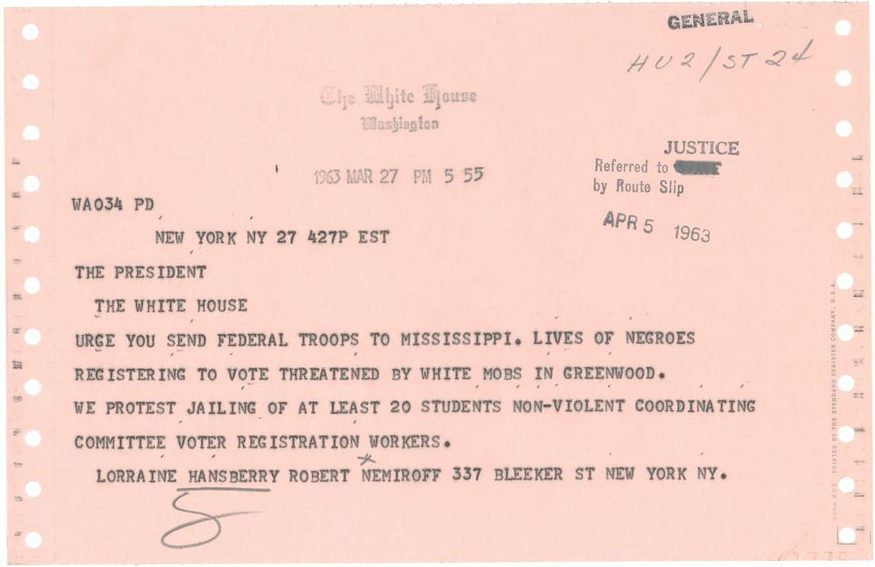
Lorraine Hansberry earned wide acclaim with her hit 1959 Broadway play, A Raisin in the Sun. A lifelong civil rights activist, she used her platform to draw attention to racial injustice in the United States. This March 1963 telegram, in which she urged the President to protect Mississippi’s black voters from racist violence during registration drives, is a great example of her advocacy and its inextricable ties to her artistic legacy.
-Stacey, Textual Reference Archivist
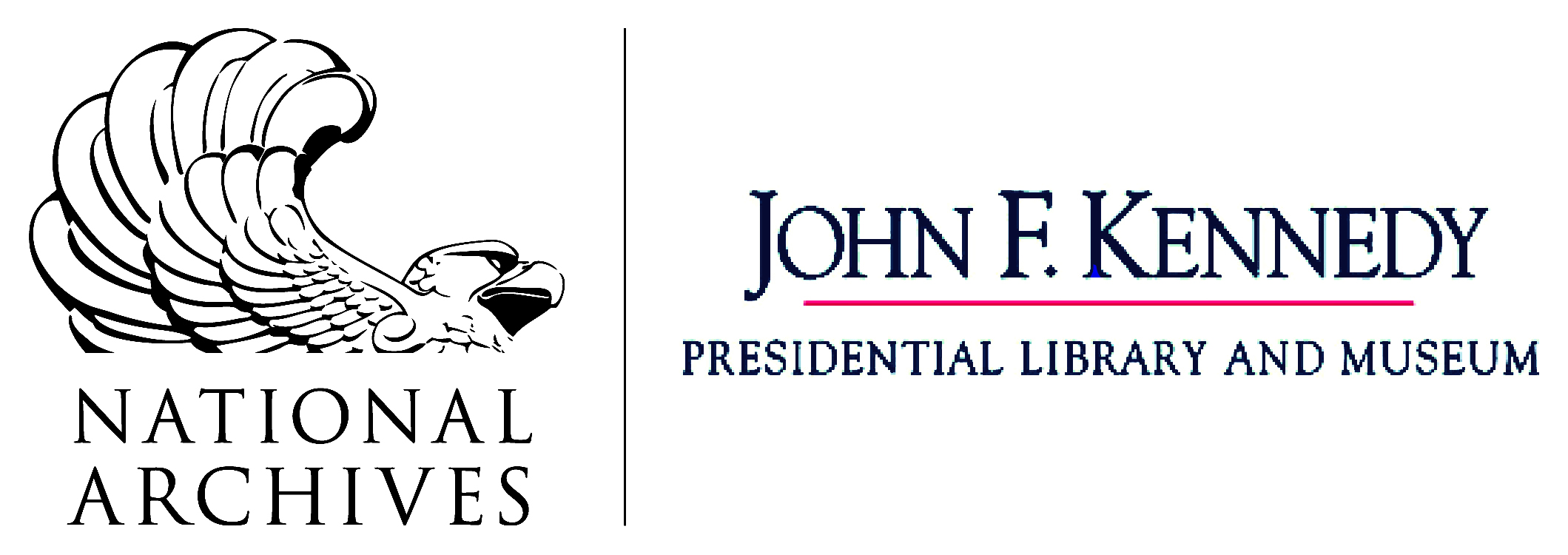
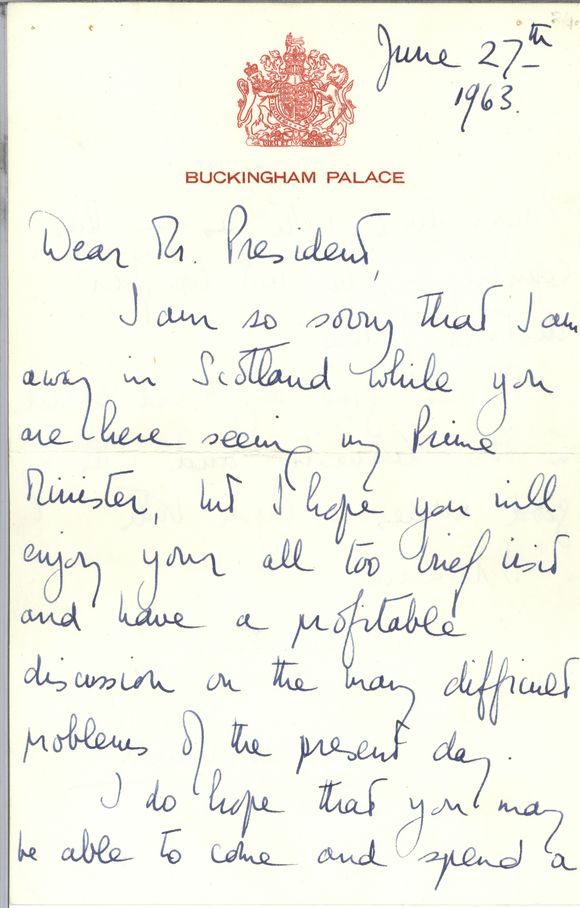
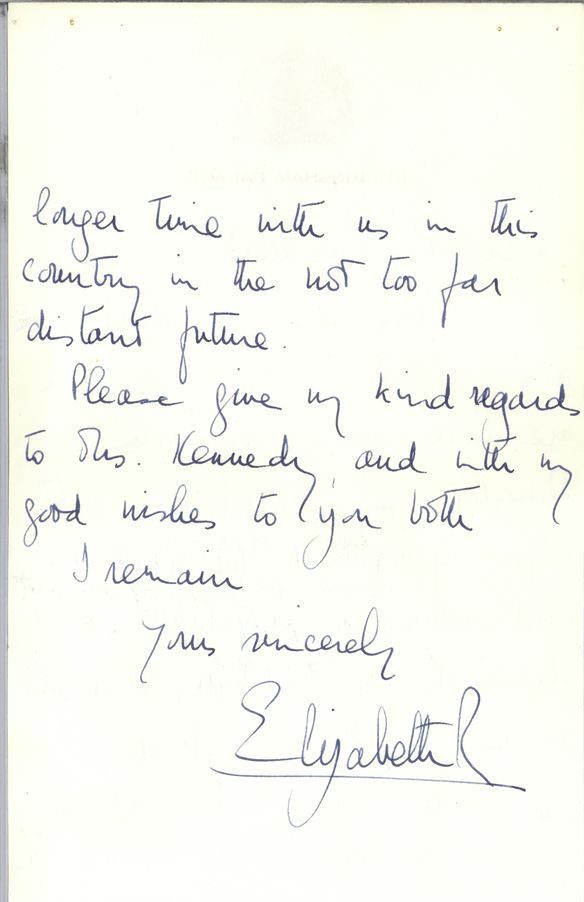
Maryrose, Glad to see you are still at the JFK Library…I wrote to you several years back about the photograph Ethel Kennedy sent to 1968 Campaign workers, same photograph the JFK Library uses to sell a DVD of RFK speeches. The same photograph was seated atop Sen. Ed. Kennedy’s piano, a photo of the Senator used in many obits. Yet no one gives the photographer any credit.
I’m publishing that photo in a small format publication: JFK & RFK Made Me Do It. We’re close to publishing and It would be enormously helpful and honorable to give the photographer his/her photo credit in this upcoming publication. The JFK Library could then correct their DVD (no photo credit) and cite who the photographer is for the Cover Photo of Collected Speeches of Robert Kennedy, an obvious favorite of the Kennedy family.
I also have on list of To Do, a geographic location of a public JFK Memento in Palm Desert, CA donated by a Kennedy accountant, who also gave me a 1968 RFK campaign photo by an unidentified photographer.
Give you a smile?
Keep healthy and happy,
William Evensen
US Peace Corps
1964-66
RFK 1968 Campaign
7261 Oakwood Ave.
Los Angeles, CA 90036
aka William McNally
During this period of social distancing I can’t tell you how much I look forward to these updates from the Kennedy Library. The peak offered into the archives is greatly appreciated.
Thank You! The JFK Library staff has done wonderful work during this very trying time. I applaud you! And….I enjoy your selections!!
On August 9, 1960 Senator JFK signed my copy of his book PROFILES IN COURAGE outside of his Senate office & I rode down the elevator with him, Theodore Sorensen & others. I still consider it the greatest day of my life.
I am not famous but fulfilled a life long ambition to visit the JFK Library in May 2017 followed by a visit to Washington DC which included Arlington Cemetery.
Kim Deslandes
Wales
UK
Nicely done, people!
Allan Goodrich, former NLK